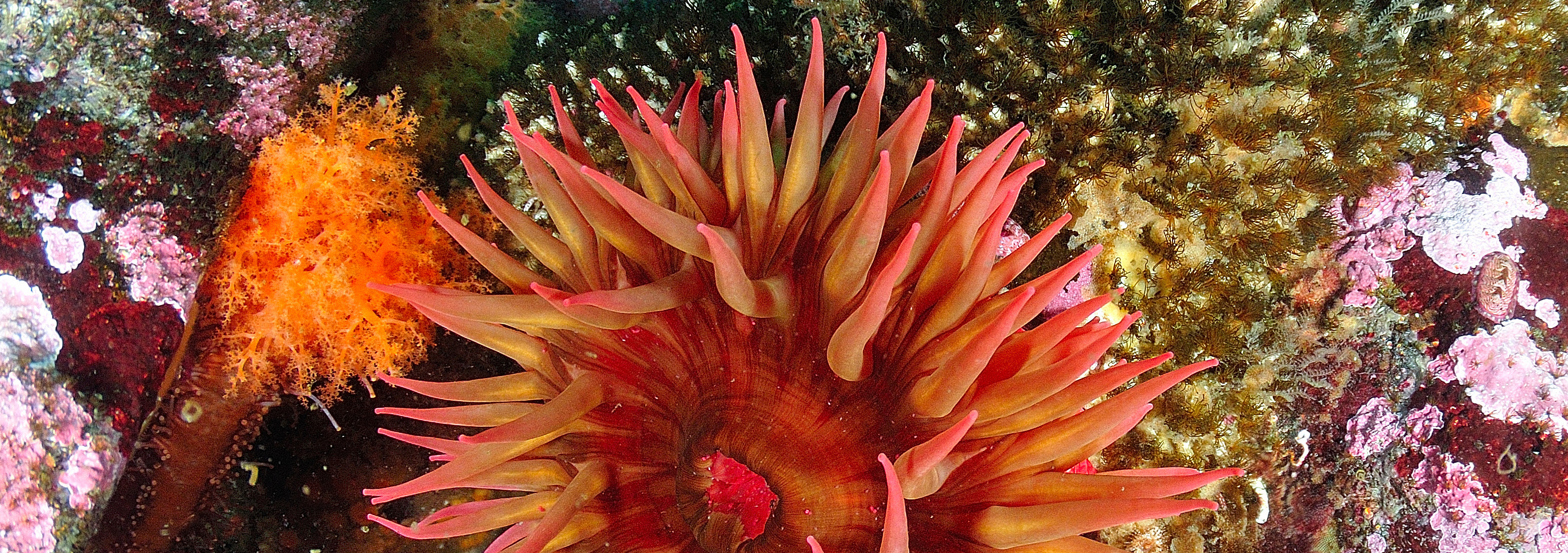Despite more than four decades of a Superfund cleanup along Tacoma’s industrial Tideflats, research suggests that large amounts of toxic chemicals like PCBs and PBDEs may still be entering the waterway. Our affiliates at the Center for Urban Waters are co-leading a new project to identify contaminant hotspots. When it was first designated in 1983, […]
April 17, 2025

Eating fish: Court order may end the battle over toxic standards in Washington state waters
It appears that a decade-long battle to establish allowable levels of toxic chemicals in Washington state’s waterways may finally be over. Strict toxic standards, first imposed on the state in 2016 by the Environmental Protection Agency, seem to have prevailed. Primary chemicals of concern in the long battle over human health criteria include polychlorinated biphenyls, […]
March 28, 2025

PSI’s Andy James receives grant to track PCBs and PBDEs in the Hylebos waterway
The Hylebos waterway, located in White/Puyallup river watershed, is a hotspot for PCBs and PBDEs. PSI senior research scientist Andy James has received a federally supported grant for $858,000 to track the sources of PCBs and PBDEs in the Hylebos waterway in Tacoma. The waterway is a hotspot for PCBs and PBDEs, and despite ongoing […]
December 16, 2024

Protecting the health of people who eat fish: The long battle over water quality standards
Culminating more than a decade of fierce debate, Washington state officials formally adopted new water-quality standards for toxic chemicals to protect the health of people who eat fish from our local waterways. On its face, this action appears inconsequential, considering that these numerical criteria were already in place, having been imposed two years ago by […]
December 11, 2024

$1 million awarded for new approach to removing PBDEs from municipal wastewater
The University of Washington has been awarded a $1 million grant by the Stormwater Strategic Initiative Lead for Piloting Solutions for Contaminants of Emerging Concern in Wastewater. The project will be led by Heidi Gough, School of Environmental and Forest Sciences and Andy James, University of Washington Tacoma, Center for Urban Waters and the Puget […]
April 15, 2024
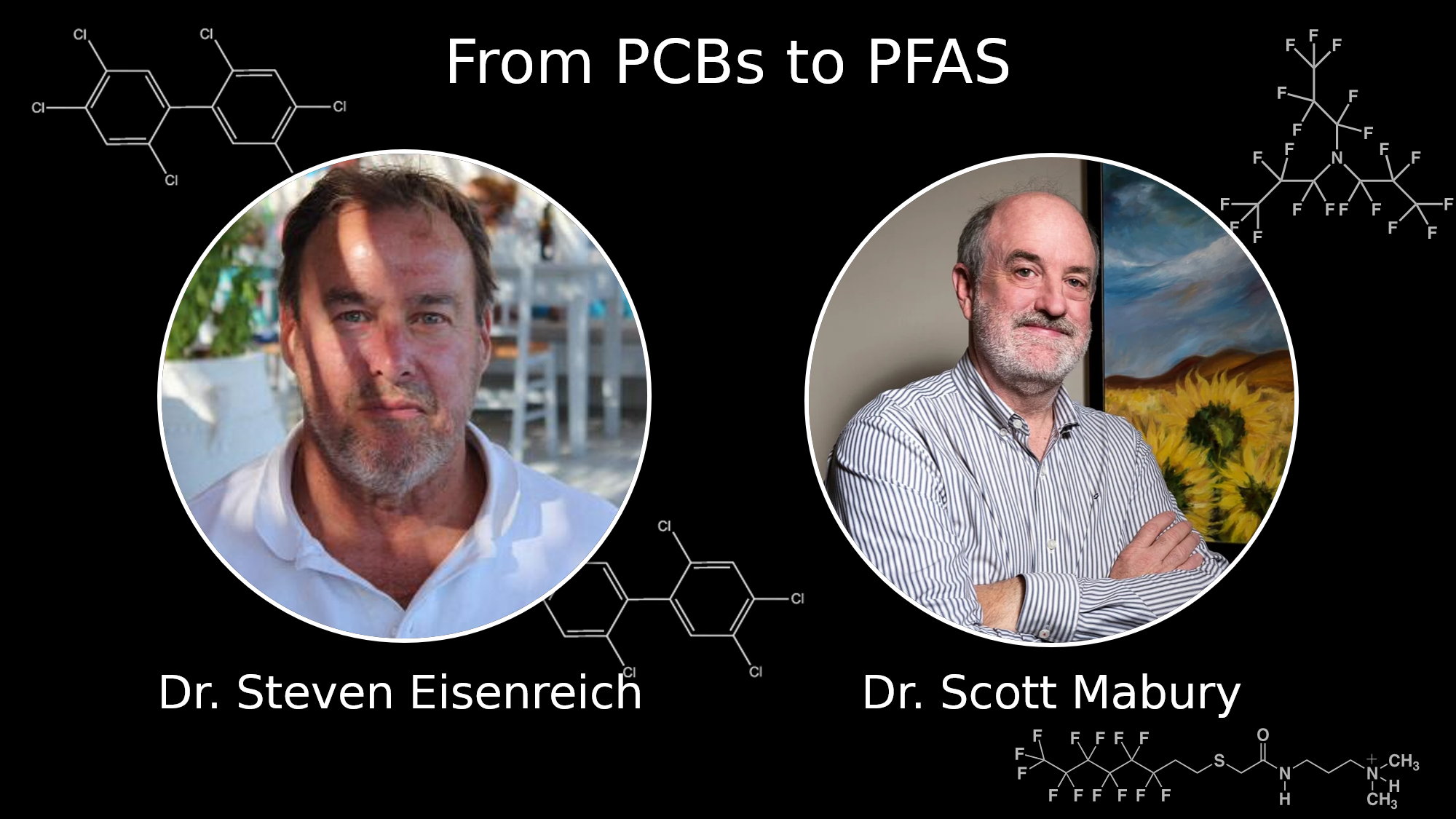
From PCBs to PFAS on May 9
As pioneers in their respective fields, Steven Eisenreich and Scott Mabury will reflect on lessons learned to more efficiently understand the threats and impacts of PCBs and PFAS. There are important similarities and important differences; both can be informative. Despite decades of regulation and remedial effort, Polychlorinated Biphenyls (PCBs) continue to impair environmental health in […]
September 29, 2023
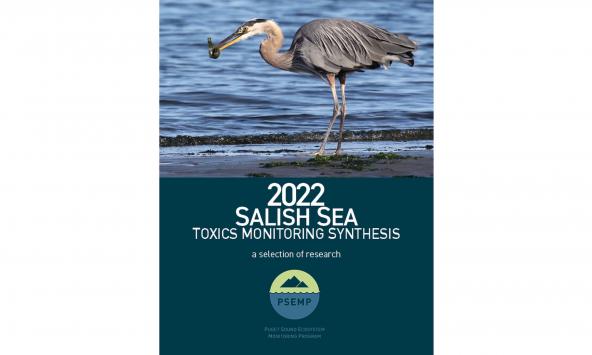
2022 Salish Sea toxics monitoring synthesis: A selection of research
A new report from the Puget Sound Ecosystem Monitoring Program takes a comprehensive look at some of the greatest dangers posed by toxic chemicals in the Salish Sea. The report was produced with support from the UW Puget Sound Institute, and brings together recent findings on PCBs, CECs, PFAS, 6PPD-Q, and other toxics of concern. It […]
July 13, 2023
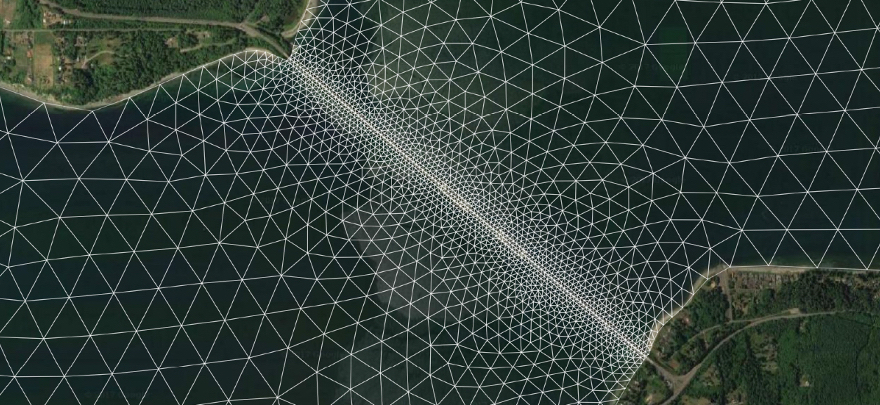
Salish Sea Model tracks pollution, currents and climate change
This article is the latest in a series about computer models and their uses within the Puget Sound ecosystem. Today, we look at the Salish Sea Model, one of several models in the region helping to predict water circulation, water quality and food-web relationships. Read the full series: Where and how the water moves The […]
June 8, 2023
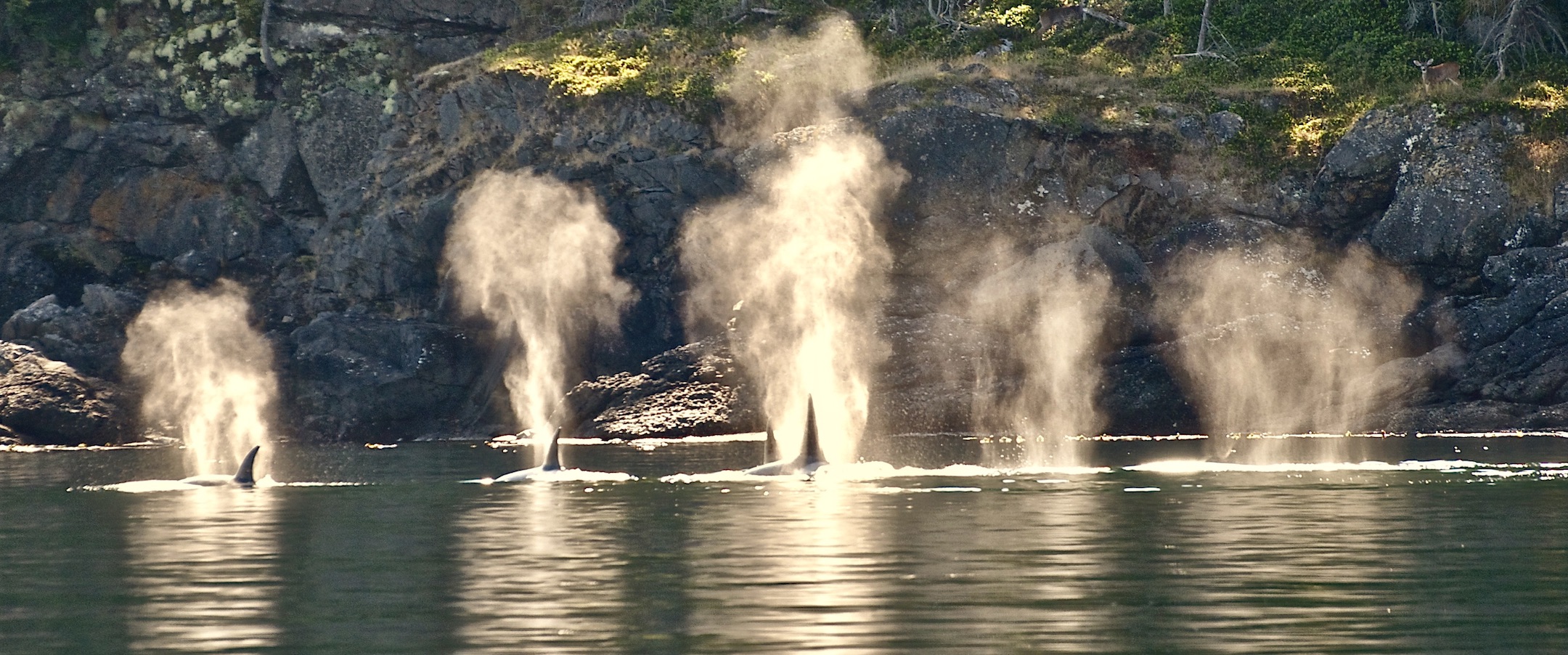
Health of killer whales examined through Bayesian network modeling and informed predictions
Qualitative network modeling, as shown in the previous post in Our Water Ways, is focused on actions that create either positive or negative results for actors in the model. This modeling approach is useful for considering the possible outcomes triggered by various actions, especially when data are lacking to develop mathematical relationships between the actors. […]
February 14, 2023
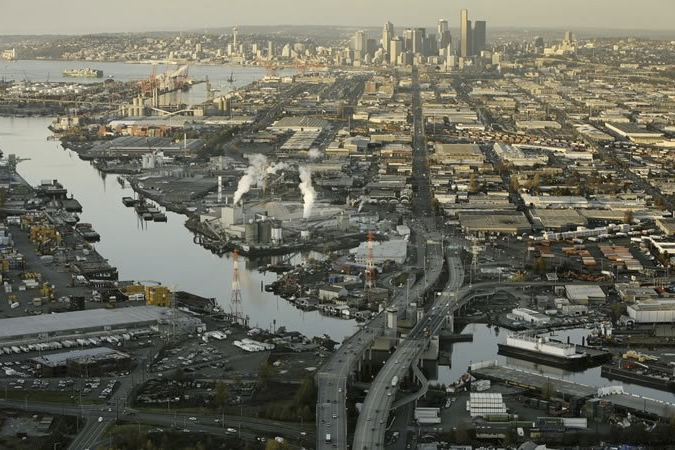
Symposium grapples with long-lasting PCBs
Researchers at the Puget Sound Institute hosted a two-day symposium last month to share information about the science and management of PCBs in the environment. The online workshops, held January 24th and 25th, were organized by PSI researchers Andy James, Joel Baker, and Marielle Larson, in coordination with colleagues Will Hobbs (Washington State Department of […]
